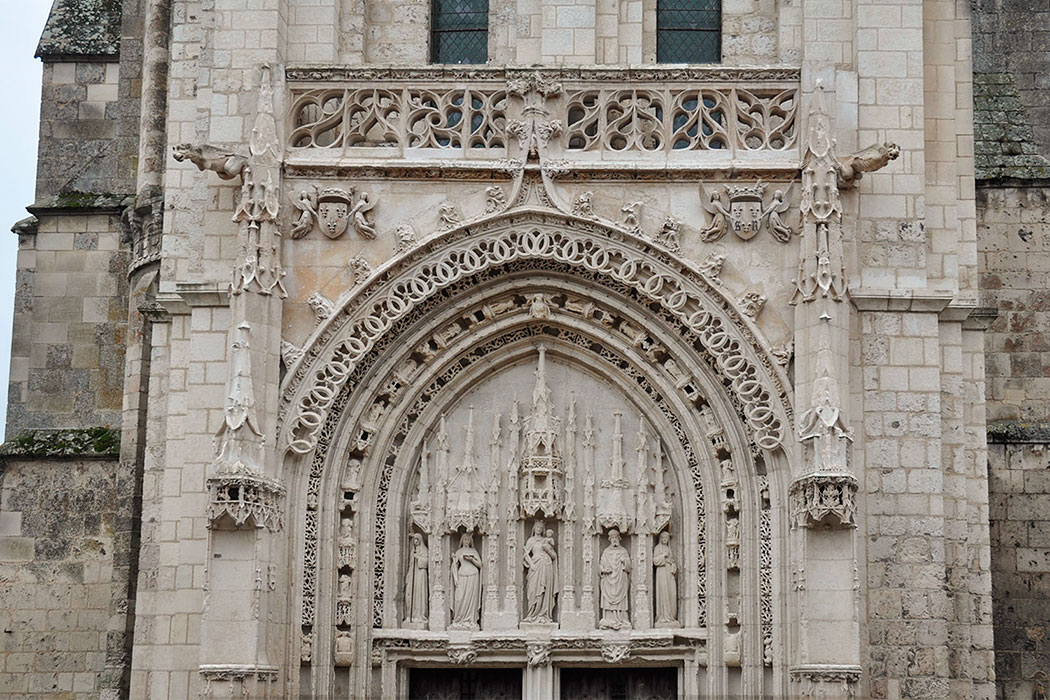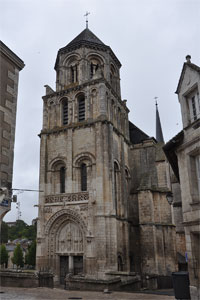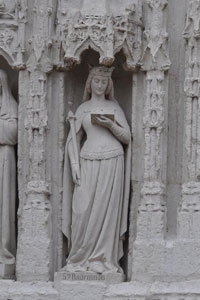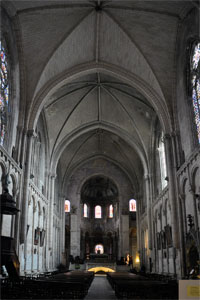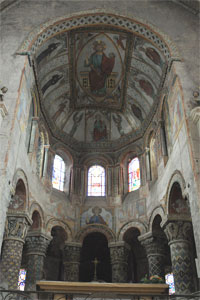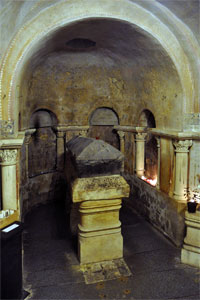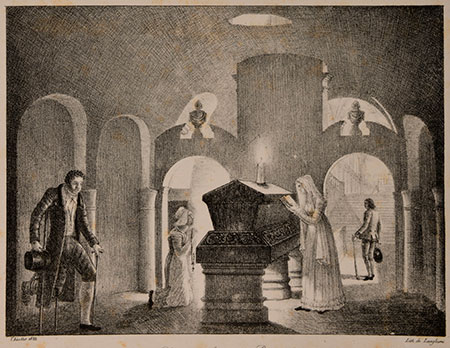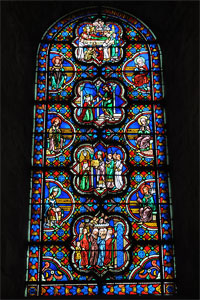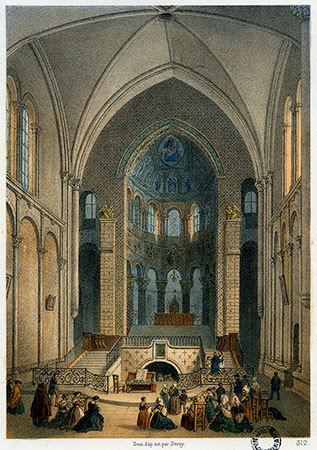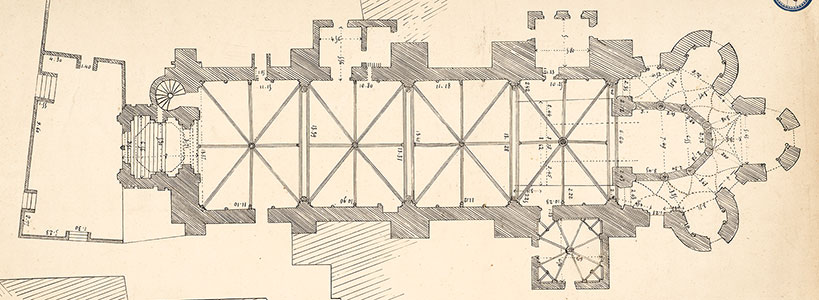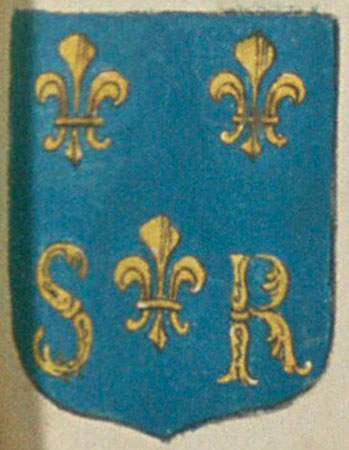Collegiate Church of Sainte-Radegonde of Poitiers
Sainte-Marie-hors-des-murs / Domus S Radegundis
(Poitiers, Vienne)
The church of Sainte-Radegonde was linked to the female Benedictine abbey of Sainte-Croix of Poitiers, located nearby, where the remains of Saint Radegund, founder of that monastery, are venerated. At this site, a community of canons was established to serve the liturgical needs of the nuns.
The church, intended for funerary use, was initially dedicated to Notre-Dame and, as was customary in such cases, it was built outside the city walls. These clerics lived in community and were entirely dependent on the abbess of Sainte-Croix. The community is mentioned as early as the late 6th century, referred to as monks and led by an abbot, though this does not confirm whether it was truly a monastic institution or if it followed any particular rule.
The original building suffered during the Norman invasions and was later restored or rebuilt. It was consecrated in 863, but burned down in 955 and by the end of the 10th century was in ruins. In 1012, the crypt was rebuilt and the tomb of Saint Radegund was restored. At the request of Agnes of Aquitaine (c. 1025–1077), Pope Alexander II issued a bull in 1072 with the intention of reforming the community of canons, which had grown lax in its discipline and had misused the house's goods.
From then on, the community was officially regarded as a collegiate church, led by a prior who remained under the authority of the abbess of Sainte-Croix. This submission of a male community to a female authority led to numerous disputes and conflicts between the two institutions. The canons of Sainte-Radegonde were never considered regulars; they possibly followed the Aachen Rule (established in 817), but they never adopted the Rule of Saint Augustine.
Following an earthquake, the church was restored again and reconsecrated in 1099; parts of that structure are still preserved today. Later, further modifications were made. In 1562, during the Wars of Religion, the site was looted and the tomb of Saint Radegund desecrated. Today, the restored Gothic building still stands, with some surviving Romanesque elements.
- DERNIER, A. (1951). Le conflit entre Ste-Radegonde et Ste-Croix au sujet de Frozes. Bulletin de la Société des antiquaires de l'Ouest. Poitiers
- KNEEPKENS, C. H. ; i altres (1986). À propos des débuts de l'histoire de l'église-funéraire Sainte-Radegonde de Poitiers. Cahiers de civilisation médiévale. Núm. 116
- LABANDE-MAILFERT, Yvonne; i altres (1986). Histoire de l’abbaye Sainte-Croix de Poitiers. Poitiers: Société des Antiquaires de l’Ouest
- PICTAVE, Jehan (1909). Poitiers. Ses monuments, son histoire. Poitiers: Courrier
